Reading time: 6 minutes
If you are coming here for the first time, welcome! In this article I will talk about the project overview for our abandoned farm in Spain.
Our farm features a 300-year-old stone house that we aim to transform into our off-grid home. We are documenting the entire restoration process as two newbies learning along the way.
If you want to follow our journey during the restoration of our Spanish farm and the historic 300-year-old stone house, subscribe to our Youtube channel.
Project Overview
With this Project Overview of our abandoned farm in Spain, you will understand what we had on the property and where things were located when we purchased the Finca.
NOTE:
At the time I wrote this article (February 2023), I did not have a drone to take aerial footage of the Finca, so I used satellite imagery from the Spanish government’s Sigpac and also from Google Earth.
Without further delay, let’s start from the land.
The Land
This is a rustic piece of land, located between two mountains that are part of a natural parks with protected area. The land is about 11,560m2, which is almost 3 acres.
On the land we have lots of olive trees (more than 100 trees), and also some carob trees.
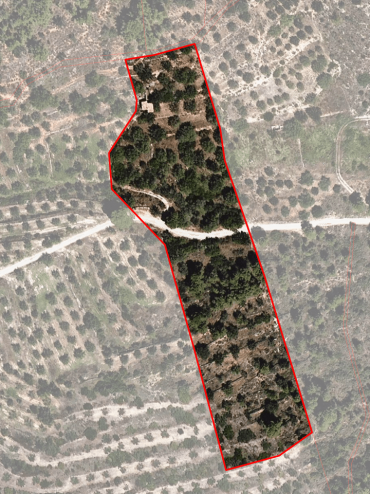
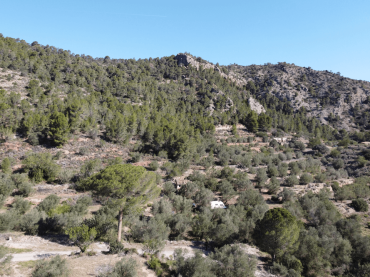
Now, let’s learn more about the stone house.
The Stone House
The entire 300-years-old stone house a surface area of 98m². The part that collapsed and is in ruins has 46m². The part where the walls are standing with a roof has 59m².
The 300-year-old stone house has two floors.
The living area was on the upper floor. The corral for animals, such as donkeys and goats, was on the lower floor.
Because it had been abandoned for a long time, the rainwater infiltration caused damage to the structure of the stone house.
This damage requires immediate work on the support columns.
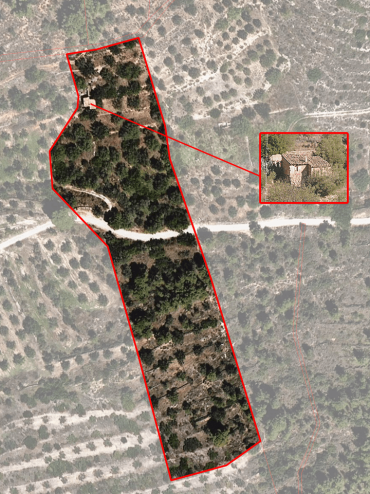
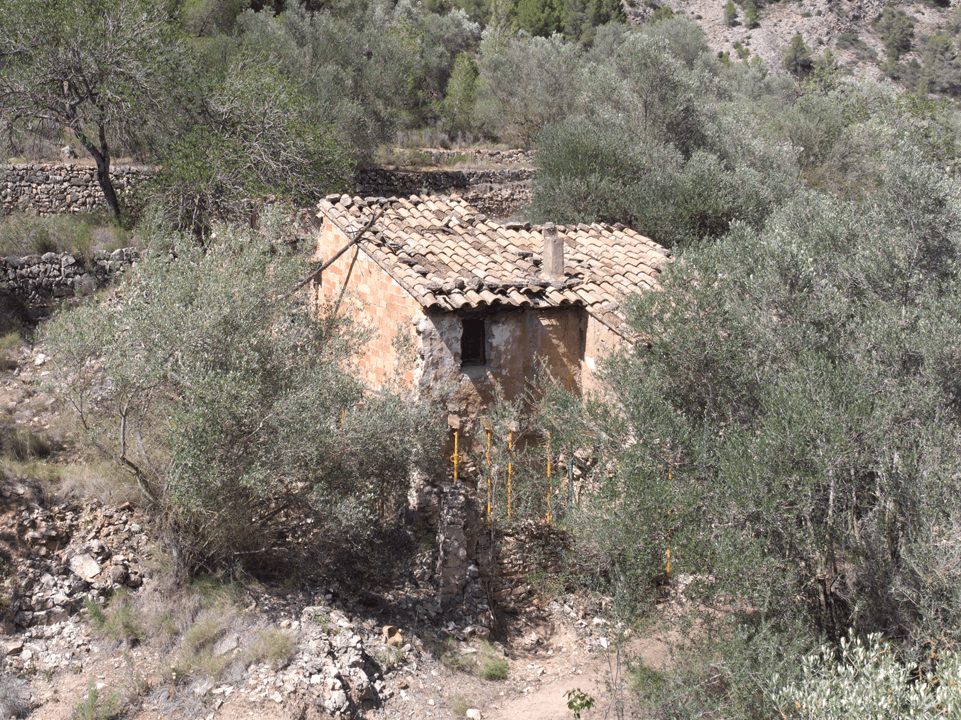
[Edit: In December 2023, we had to hire a stone mason to put up a support structure (props) to hold up the part of the house that was collapsing. This emergency work is keeping the stone house safe until restoration can begin.]
Now, let’s learn more about well.
The Well
The well is located in the lower terrace of the land, at the junction between the two mountains. It is about 5 meters deep.
After being restored and cleaned, it will supply us with around 200 to 500 liters of water per day.
Since we bought our abandoned land in Spain, we have suspected that the well was built by the Phoenicians, as there are other similar structures in the region.
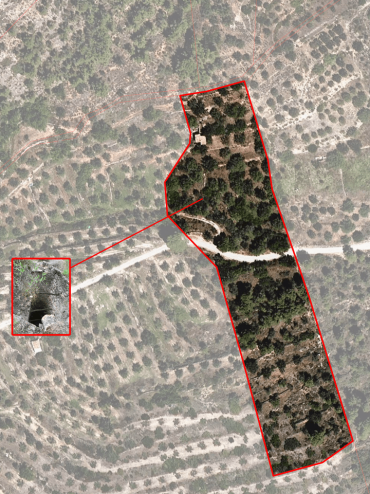
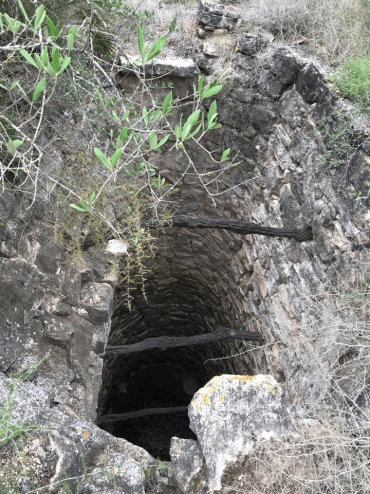
Now, let’s learn more about rainwater cistern.
The Rainwater Cistern
This is our ancient rainwater collection cistern / tank. Despite having cracks because of olive trees roots, it is partially working. Once restored it will be part of our rainwater harvesting system.
It has a ancient cement pavement that channels rainwater into the cistern. It has the total capacity to collect and store 5000 liters of rainwater.
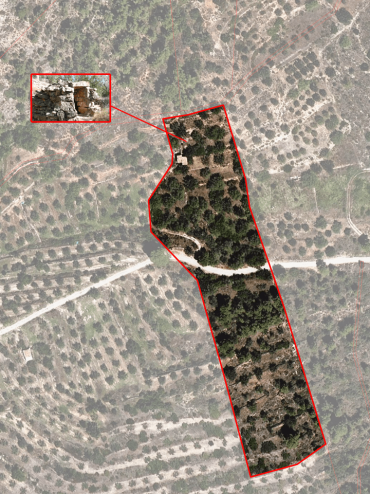
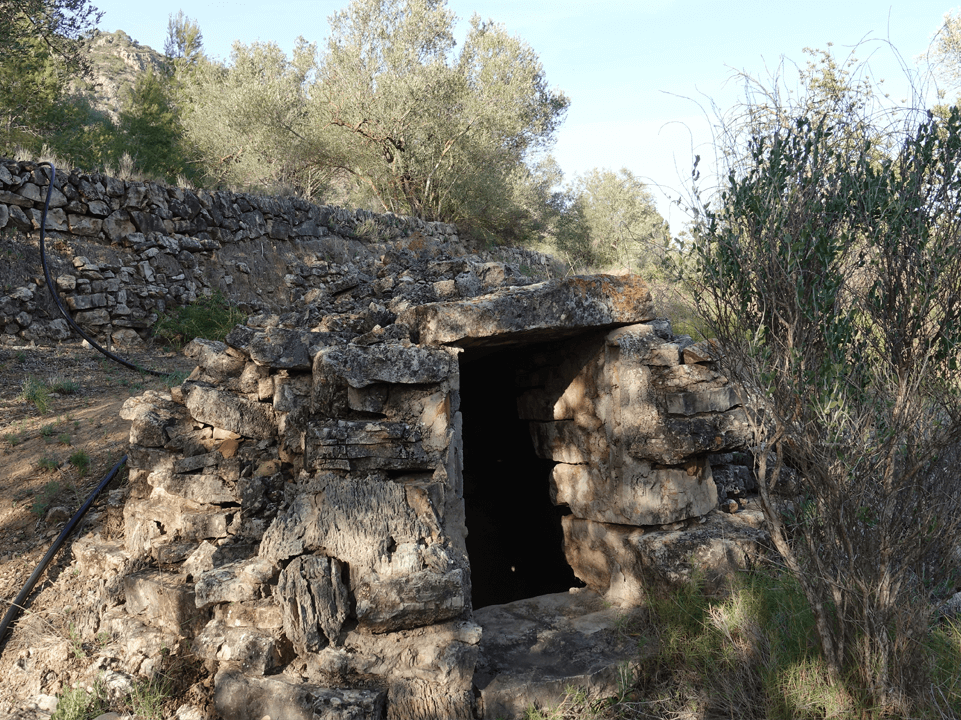
Now, let’s learn more about the new road and access ramp.
The New Road and Access Ramp
When we bought our abandoned land, we didn’t have an access road to the property. This made things very difficult on the beginning.
At first we were using the neighbor’s land, which was not ideal.
So we hired a tractor guy (Sisco), and he opened the new road, cutted some of the olive trees and build the access ramp.
Now we have access the Finca through this new road and access ramp.
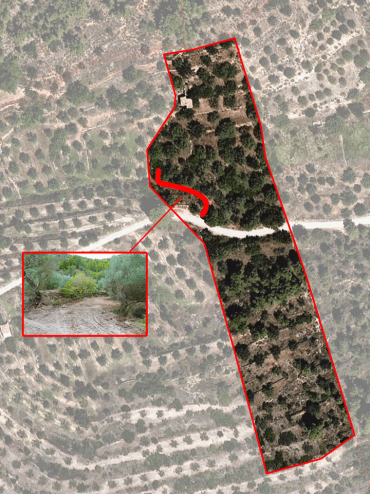
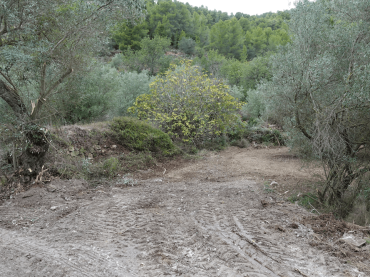
Now, let’s learn more about the olive trees.
The Olive Trees
According to the SIGPAC we have more than 100 olive trees on the property. As they have not been cared for in over 100 years, there is a lot of work to be done before the first harvest.
This is exciting because there are mature olive trees of good quality there. My neighbor (Juanjo) told me that some of the olive trees are over 400 years old.
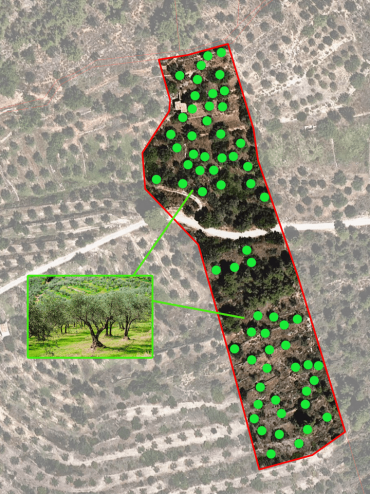
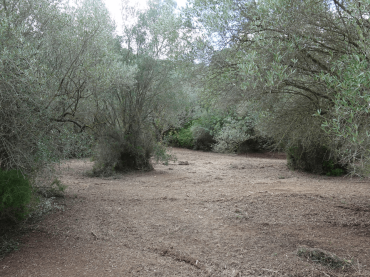
Now that you have a good idea of what we have at the Finca, how about watching the full video and understand everything including the history of our spanish farm?
This is Our Abandoned Farm in Spain
In this full video I will talk in more detail about what we had on the Finca, where things were located and I will also answer several questions.
Watch the video:
In the above video I talk about:
The abandoned land;
The old stone house;
The phoenician water well;
The rainwater cistern;
The new road & ramp;
The old olive trees;
What you think of our abandoned farm in Spain project?
Conclusion
In this article I have talked about what we had and where things were located when we bought our abandoned farm in Spain.
This article was the part one of a two-part series.
You can check the part two “plans for the future” and see the ambitious plans for the future we have for our spanish farm in the coming years.
That’s it for this article. Did you like it?
Leave your comment or suggestion below. I love responding to all comments and I always do it personally.
Talk to you soon 🙂
P.S. If you would like to help us build our dream home, you can do it here. Or if you would like to help us continue recording videos, you can do it here. Either way, your support is very much appreciated.

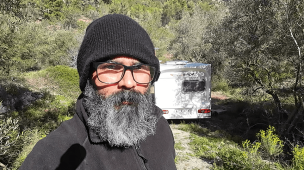
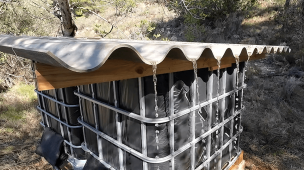
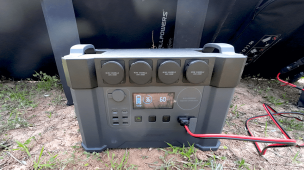
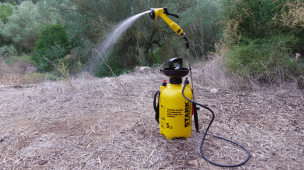
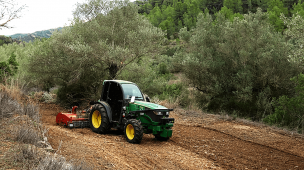

Permalink
Hi Ricardo. What a find! This project is very interesting. Do you think you will get the permit to restore it? I heard that in Catalonia it is quite complicated. Anyway, I wish you good luck!
Permalink
Hello Walt. We applied for the building permit, now we are waiting. Hopelly by the end of the year (2024) we will get it. You may want to check the project overview article too. Appreciate your comment. Thank you for the visit 🙂
Permalink
One thing that makes this project stand out from the rest is the stone house. I don’t know if you follow Martjin Doolaard, he has a very similar project, but with two stone houses.
Permalink
Hello Jesse, Yes, I do know Martjin. I fact he is responsible for me to start the Eridu Life project and going off-grid. Appreciate your comment. Thank you for the visit 🙂